Cars are not only means of transport; some of them are also masterpieces that are one of a kind. Here you’ll read about the most beautiful cars of all time.
To manufacture a car, first, a good design must be provided. The design sometimes turns into something stunning, so that it is challenging an art fan to pick up between the car or the Mona Lisa painting. And it is not an exaggeration. There are cars out there so beautifully designed that they have become immortal. They somehow pushed the limit of designing so far, and it is impossible to make them better. In this article of Tech Trends, you will learn about the world’s most beautiful cars.
Most Beautiful Cars of All Time; Top Cars
Facel Vega Facel II
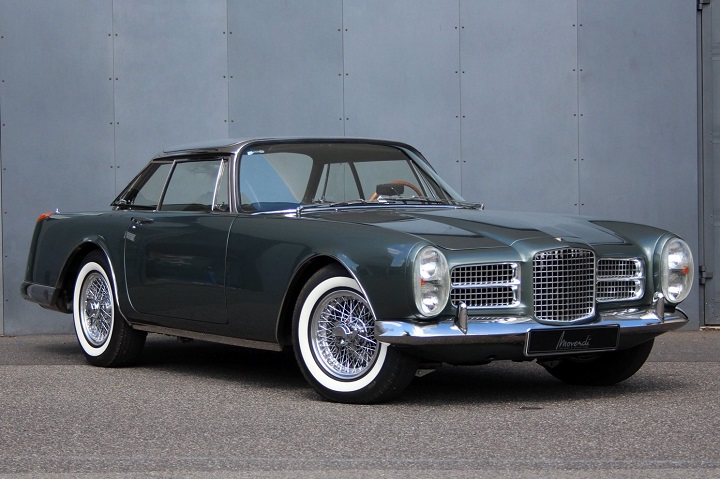
6.3-liter Chrysler V8 motor, yet the luxurious and expensive Facel II was remarkable for the elegance of its aluminum coachwork. The vehicle wasn’t short of famous owners, with Pablo Picasso, Christian Dior, Tony Curtiss, Ava Gardner, Princess Grace of Monaco, Frank Sinatra, Ringo Starr, The Shah of Persia, and Stirling Moss among the glittering celebrity names who succumbed to the fleeting marque’s undoubted charms.
Unfortunately, that wasn’t sufficient to keep the French producer above water, and Facel Vega folded in 1964 – after just 180 examples of the Facel II, one of the the best-looking cars ever made, had been created – because of a doomed endeavor into motor manufacturing. The vehicle pictured was purchased by Ringo Starr in 1964 for £5,000, a price equivalent to that of a contemporary Rolls-Royce Silver Dawn.
Mercedes 710 SSK Trossi Roadster
The Mercedes SSK was one of the most breathtaking vehicles of the late 1920s and ’30s, one of the most highly rated sporty machines of its time, and is among the most beautiful cars ever made. It was designned by Ferdinand Porsche as his last hurrah for Mercedes before leaving to set up on his own. Most SSKs were bodied in-house with lightweight racing bodies, yet this one bought by Count Carlo Trossi – a future president of Scuderia Ferrari – was rebodied to what is believed to be his own design in 1930.
The vehicle’s impressive tear-drop styling prompts were widely duplicated by European coachbuilders during the 1930s. The trend-setting Trossi Roadster now dwells in the Ralph Lauren collection. It was restored during the 1990s, after which it won several important international Concours d’elegance competitions.
Audi TT
The Audi TT is one of the most aesthetic cars in the world, beginning life at the VW Group’s California Design Center in 1994, and it assisted with reinventing Audi’s sport image from the second it was uncovered as a concept at the Frankfurt Motor Show in 1995.
With inspiration from classic NSU and Auto Union racing vehicles from as far back as the 1930s, the TT managed to look both retro and futuristic at the same time, and the fuss of approval from the media and public prompted Audi launching a production model in 1998. A marque of the design’s integrity was that the production vehicle looked surprisingly like the concept and that the famous TT profile was immediately recognizable across successive generations of the car.
Duesenberg Model J
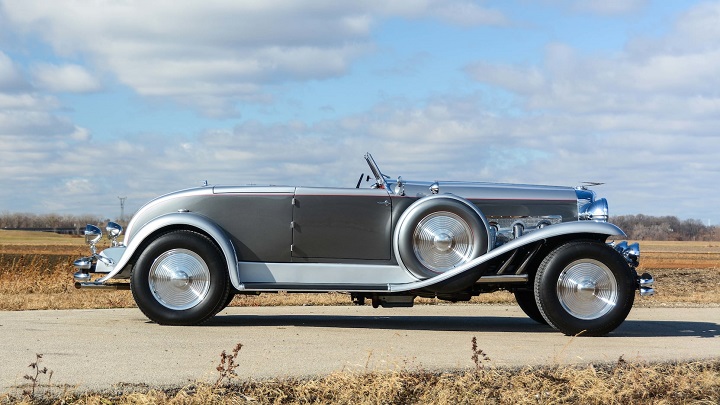
People don’t say ‘it’s a doozy’ much any longer, but when the phrase was coined as an expression of greatness, the Duesenberg Model J was the vehicle referred to; one of the most beautiful cars of all time. The Model J was sold between 1928 and 1937 when the company folded and was revered as one of the most powerful and luxurious cars in the world, with a level of technology and craftsmanship that rivalled the likes of Rolls-Royce and Hispano-Suiza.
Power came from a seven-liter straight-eight motor, presented with 320bhp through supercharging from 1932 and a maximum speed of 140mph. However, the impact and after effects of the Great Depression constrained sales of this excellent machine. Regardless, famous owners included Howard Hughes, Clark Gable, Greta Garbo, the Duke of Windsor, and Al Capone.
Aston Martin DB4 GT
New for 1959, the hair-raising Aston Martin DB4, the prince of the world’s most beautiful cars, highlighted an aluminum fastback GT body designed by Italian masters Carrozzeria Touring. The vehicle’s style met with much critical acclaim, while a 3.7-liter 240bhp straight-six motor and disc-brakes implied performance was rewarding as well.
A lightweight race-focused variant of this spectacular machine was presented later that same year, named the DB4 GT. It had more power, with a motor moving up to 302bhp and a marginally shorter wheelbase to enhance handling, while the body was made of thinner alloy to diminish weight.
Seventy-five models were built, and as one of the best Astons ever, it’s not shocking that the firm chose to build a series of 25 track-only ‘continuation cars’ for rich collectors in 2016. Yet the most extraordinary and expensive are the handful of original DB4 GT Zagatos, modified in Italy with a new grille and rounded-off rump.
Porsche 356 Speedster
Porsche’s first production sports vehicle was the 356, which was built from 1948 until the 912/911 models appeared in 1965. Initially created as a coupe, the 356 was presented in Speedster guise from 1954 at the behest of US importer Max Hoffman. Porsche answered with the great Speedster model, with its famously low raked windscreen and bucket seat inside, and the model was a momentous achievement.
Part of the 356 Speedster legend, one of the best-looking cars ever made, is the vehicle’s association with 1950s film heartthrob James Dean. However, the little Porsche is, without a doubt, attractive by its own. Various homages to the 356 Speedster include the very many copies built throughout the years, as well as the profoundly collectible Speedster versions of the Porsche 911.
Jaguar E-Type
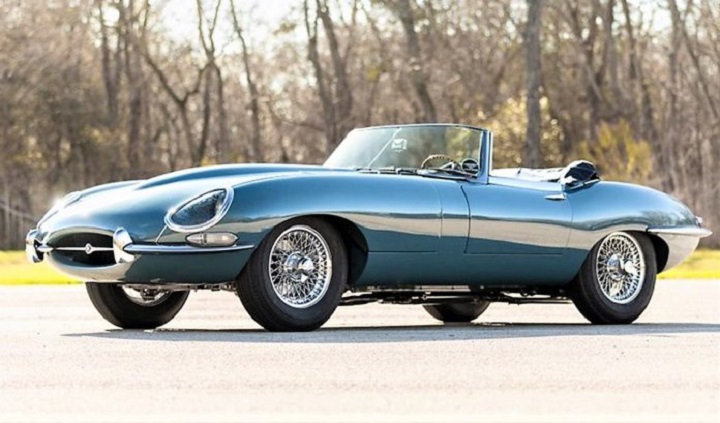
Famously described by Enzo Ferrari as the most beautiful vehicle ever made, the Jaguar E-Type was created from the D-Type racing car that won multiple times at Le Mans. Such was its prosperity that the E-Type survived more than three generations from 1961 to 1975, initially in 3.8-liter six-cylinder guise, then with a 4.2-liter six, and for the last Series 3 variation Jaguar’s 5.3-liter V12.
Coupes and convertible variants were offered, yet the most highly-prized vehicles these days are the early Series 1 models, which are considered to be the prettiest thanks to their less complicated, purer design. Such is the persevering allure of the E-Type’s design that in 2020 Jaguar declared intends to restore the model with an all-electric drivetrain – the E-Type Concept Zero. No list to the most beautiful cars ever made is complete without this one.
Alfa Romeo Carabo
It’s difficult to envision that Alfa Romeo struggled to sell its full complement of T33 Stradale supercars back in the 1960s, but were it not for that fact, we’d never have been blessed to receive the ridiculously cutting-edge wedge-shaped Alfa Carabo concept; a shiny star in our guide to the most aesthetic cars in the world.
Alfa handed over five of these now profoundly collectible machines to Italian coachbuilders, and Bertone uncovered its dazzling Carabo at the ’68 Turin Motor Show. It was one of the absolute first wedge designs to come around and quite possibly of the prettiest. Because of its T33 underpinnings, the Carabo was/is a fully functioning machine, yet at just 39-inches high, it’s not exceptionally practical. Be that as it may, who cares? Just look at it!
Dodge Charger R/T
With Dodge dealers clamoring for a sporty coupe opponent to the Ford Mustang in 1965, the brand would have rather not messed everything up for sister company Plymouth which had the Mustang-fighting Barracuda. So, they went for something the next size up – and the Dodge Charger was born; the king of the most beautiful cars of all time.
Early models were successful, yet a rebody in 1968 brought a new look with classic ‘coke bottle’ styling and a flying buttress rear windscreen. A moody full width grille with hidden headlights was extended from the previous generation Charger. Best of all, however, was a new Road/Track package highlighting potent 440 Magnum or 426 Hemi V8s and ‘bumble-bee’ stripes around its boot lid – pure muscle car pornography.
BMW 507
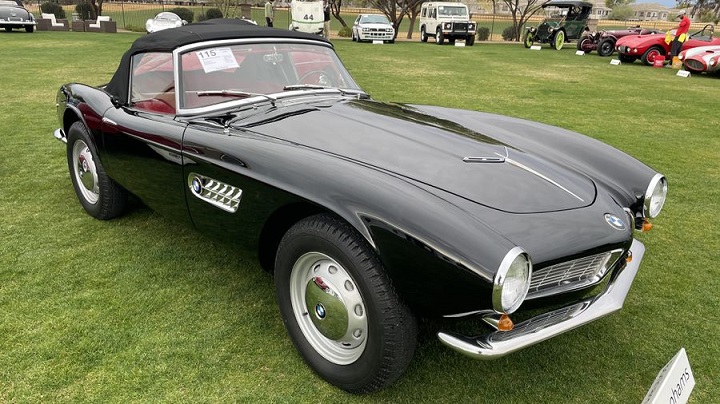
BMW has built many fine vehicles throughout the years. Yet, seemingly none as beautiful as the 507 Roadster, a car so marvelous that attracted the attention of purchasers including Elvis Presley, Fred Astaire, John Derek, and King Constantine II of Greece. In production from 1946 to 1960, only about 250 examples of the V8-powered 507 were sold, mainly because it turned out to be undeniably more costly to build than BMW had planned.
The roadster was considered at the behest of the US importer who wanted a BMW to take on the Mercedes 300SL; however, with a handbuilt aluminum body, the 507’s selling price was double what the market would stand. In fact the 507 almost bankrupted BMW, offering industrialist Harald Quandt his opportunity to take control of the company – his kids still own a majority stake. Looking for one of the best-looking cars ever made? Take a look at this one.
Lancia Stratos HF Stradale
One of the most unique shapes on the twentieth century world rally stage was the spectacular Lancia Stratos, a vehicle that built to win the World Rally Championship, which it immediately did in 1974, ’75, and ’76 with Sandro Munari in the driver’s seat. The Stratos resulted from a bold move by coachbuilder Bertone to pinch Lancia’s business from its traditional partner Pininfarina and the wedge-shaped coupe with its iconic wraparound windscreen, penned by Bertone’s designer Marcello Gandini was both brassy and stunning.
The Stratos, one of the most beautiful cars ever made, was powered by a mid-mounted 2.4-liter Ferrari V6 motor designed initially for Ferrari’s own Dino, and almost 500 road-going renditions were built for homologation purposes. The survivors are profoundly collectible, and the Stratos has also inspired many replicas.
Cadillac Eldorado
For lovers of finned Americana, things don’t beat the fourth-generation Cadillac Eldorado series presented in 1959. First off, car fins don’t get much bigger, and on account of the colossal Eldorado land yacht, they served as the ideal mounting point for Cadillacs’ notable rocket tail-lights.
Somewhat excessive may be for some tastes, yet the Eldorado fuelled the American dream for many, and sales of the 5.7-meter, 2.4-ton convertible made the statement. Besides its extravagant exuberances, the ’59 Caddy marked a move to a wider, lower stance than its predecessors, inspired by the success of a similar design shift at Chrysler. If you are making a list of the most aesthetic cars in the world, don’t forget this one.
Corvette Stingray
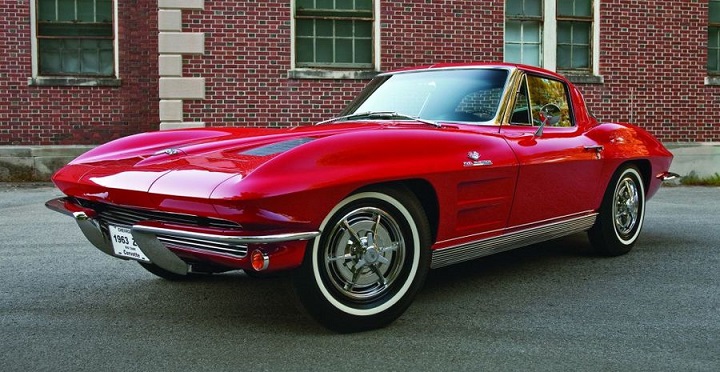
Sports vehicle fans don’t tend to rate the handling of the Chevy Corvette contrasted with European opponents – it was named after a class of warship after all. From to a aesthetic perspective, however, the Corvette has consistently delivered, and maybe never more so than in the guise of the iconic split-window coupe variation, also known as the first Stingray, counted by many as one of the world’s most beautiful cars.
1963, Chevrolet presented its MkII Corvette, and the coupe variation was a first. The styling was overseen by GM’s design guru Bill Mitchell and while he considered the twin-pane rear screen fundamental, it was dropped a year later for a single rear window. The ’63 Stingray coupe has since become one of the most collectibles of Corvettes, and you’ve just to take a gander at it to see why.
Ford GT40
When Ford decided to take on Ferrari at Le Mans with a GT vehicle, it turned to British racing vehicle maker Lola for its chassis tech, added its 289-cubic-inch/4.7-liter V8 motor, and draped it in a low-slung aluminum body with a roof height 40 inches above the ground – the maximum height permitted for international endurance racing.
That more or less is how the now incredible GT40 showed up, one of the fastest cars of our guide to the most beautiful cars of all time. With the assistance of Carrol Shelby and a roster of star drivers, the name was scratched into history by winning Le Mans four times in succession from 1966 to 1969.
It could be coincidental, but the GT40 also happens to look drop-dead gorgeous, which certainly helps account for the multi-million-pound sticker prices accomplished for vehicles like this early prototype GT40 sold in 2020 by Duncan Hamilton/Rofgo.
Lamborghini Countach
Numerous devotees favor the first Countach LP400, which initially presented Italian coachbuilder Bertone’s surprising and dynamite ‘wedge’ design to bedroom wall posters all over the world. Who could deny the instinctive attractiveness of the LP400 S? This design put Bertone’s work on steroids with its fat wheel-arches covering the widest accessible anywhere Pirelli rear tires, mainly when purchasers specified that mighty yet optional ‘flying-vee’ back wing.
Such was the effect of the wedge design with its rakish screen and trademark scissor doors that the theme has been developed for Lamborghini’s top-flight supercars the whole way to the present day Aventador, not to mention recent one-off and limited edition models such as the Reventon, Veneno and Sian. No one can deny that Countash is one of the most beautiful cars of all time.
Related articles:
.
Source: Tech Trends